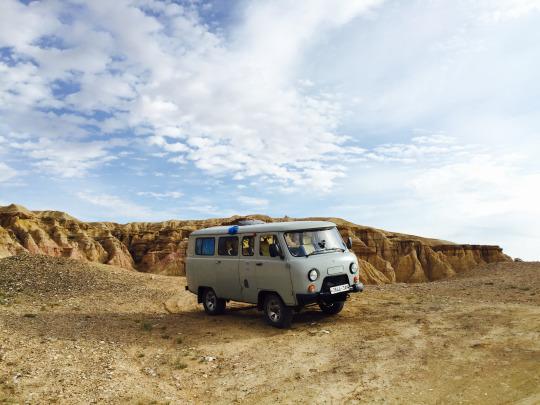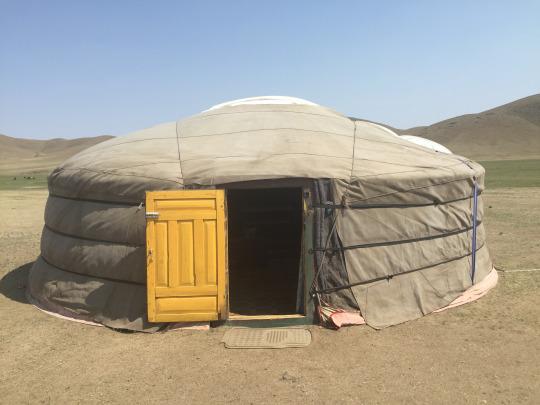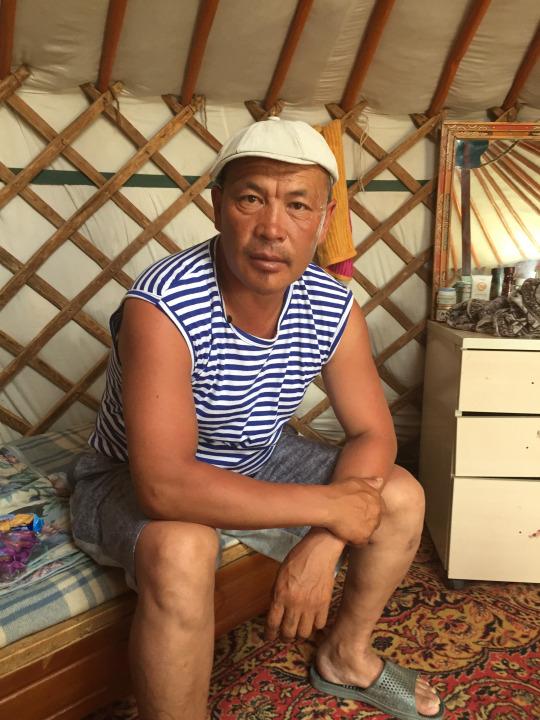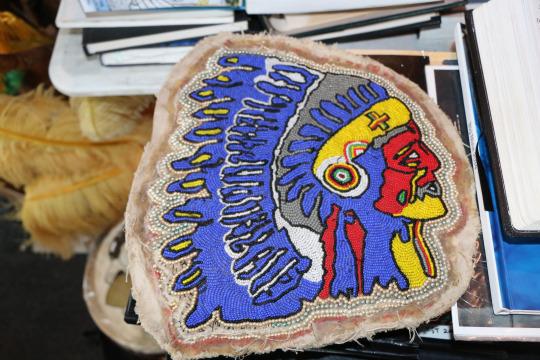This summer, I fulfilled a lifelong dream: visiting Mongolia. I’d read about Genghis Khan and his conquests for years and had always wanted to visit — a bucket list dream come true, if you will. I decided to do a road trip, as, 800 years after the Great Khan died, over one-third of the population still leads a nomadic lifestyle, living in gers (yurts), with their cattle (camels, cows, goats, and yaks) roaming the fields outside. Not much has changed over the years except for the method of transportation. In the older days, the ger would be wrapped up and put on a camel’s back for the move to fertile fields, while today, it is loaded up on a truck.
Related: The Ancient Trading Towns of Oman – An Explorer’s Dream

My chariot on the ultimate Mongolian road trip — an old-school, soviet-style van with no shocks and no seat belts. (Photo: Paula Froelich)
And, as there are few hotels outside of the capital, Ulaanbaatar, one must rely on the Nomad Code to survive. Which basically means rolling up on an unsuspecting family and asking to spend the night.
My guide, Timor from Intrepid Travel, explained.
“If someone comes to your door, you must give them food and shelter,” Timor said. “Or they might not survive. And the next time you are traveling, they will give you shelter — or you might not survive.”
Related: Travel Back in Time With the Bedouin of Jordan

Welcome. Yurts, or gers, like this are seen throughout the country. (Photo: Paula Froelich)
The first ger we rolled up to was outside of the singing sand dunes. It had been a long day and I had climbed a 50-meter-high sand dune. I was hungry, dirty, and tired. Thankfully, Ankhaa, the owner of the yurt, was hospitable.

Ankhaa in his ger, looking very Jean Paul Gaultier. (Photo: Paula Froelich)


